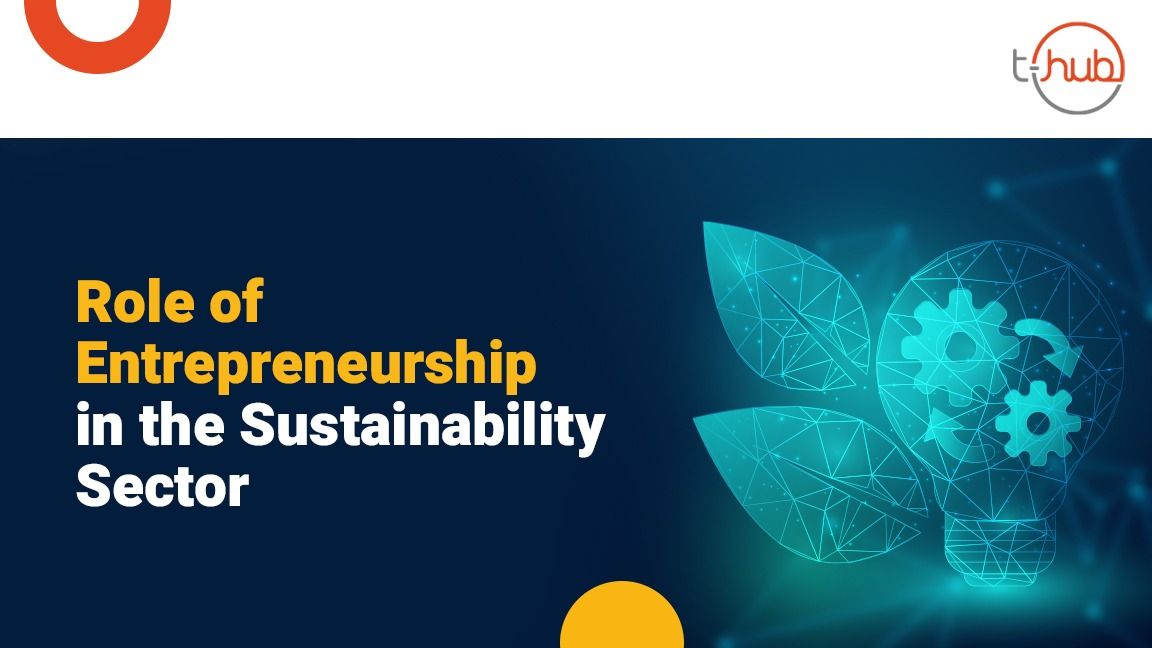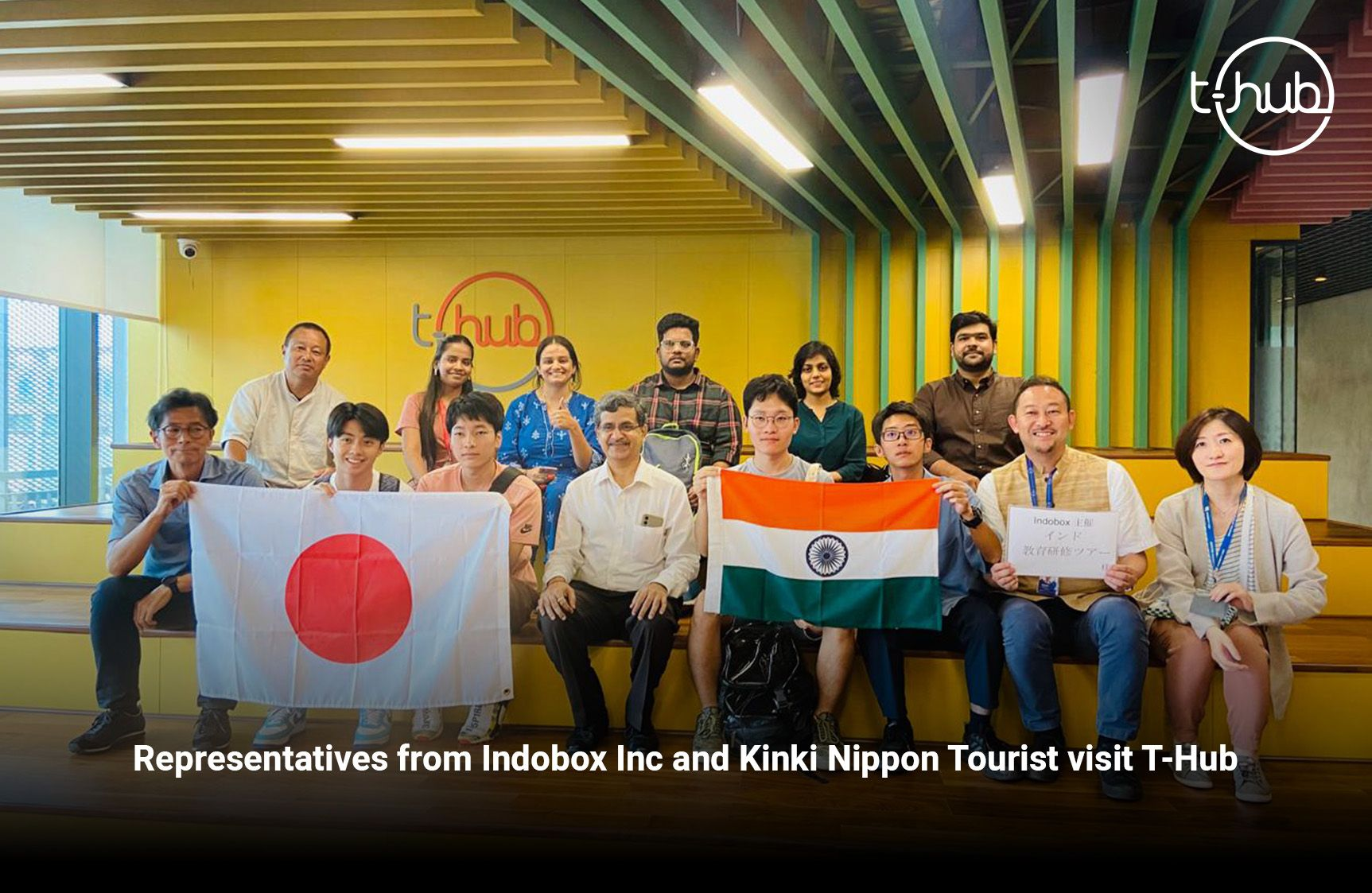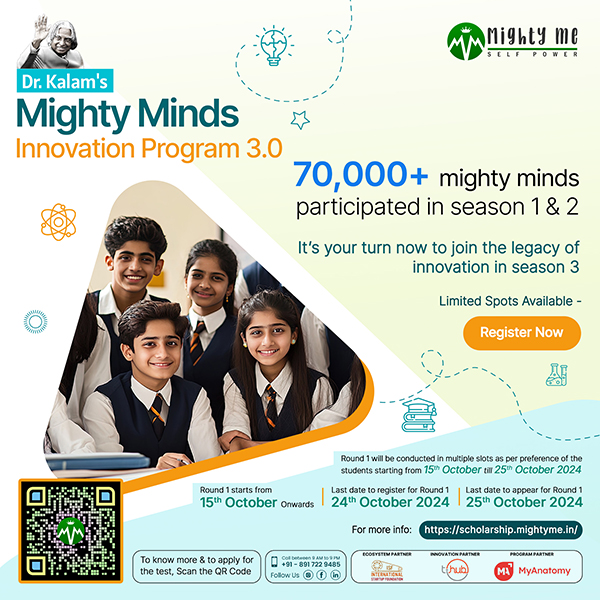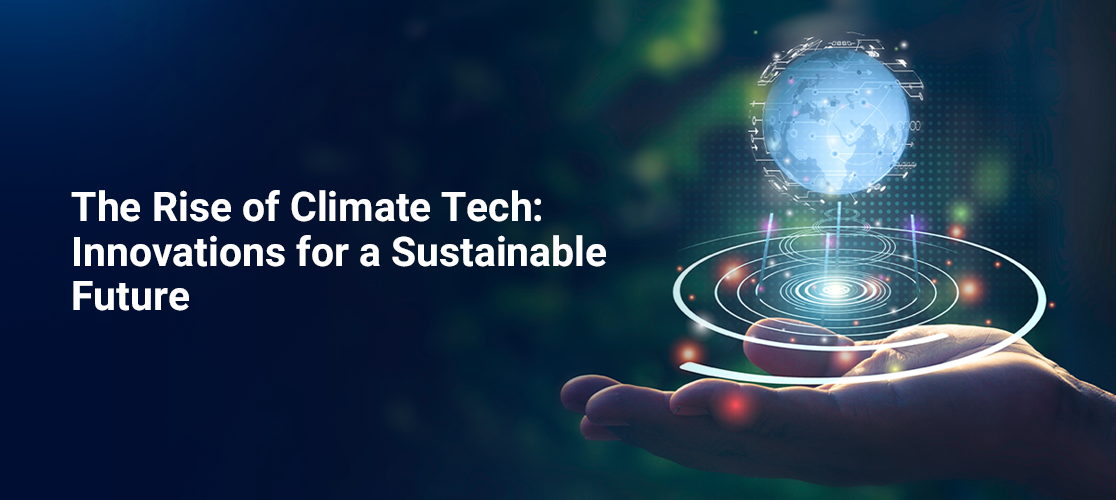In 1987, the United Nations Brundtland Commission defined sustainability as “meeting the needs of the present without compromising the ability of future generations to meet their own needs.” Sustainability is the philosophy that seeks to bring sustainable growth in multiple aspects of life, including the economy, environment and infrastructure. The core concept is outlined in the sustainable development goals (SDGs) set up by the UN. The sustainability sector is witnessing a keen interest, especially from young entrepreneurs.
Recognizing this, T-Hub joined hands with Atal Innovation Mission (AIM), a flagship initiative by the Government of India to promote innovation, sustainability, and entrepreneurship. Under this, incubation centres called Atal Incubation Centres (AICs) have been established to build an ecosystem for innovation in mobility, healthcare and sustainability. The partnership seeks to nurture startups that specialise in solid waste management and recycling, agricultural sustainability and environmental sustainability.
T-Hub’s sustainability cohort aims to bring startup-led initiatives to the forefront and help them contribute to the value chain. Startups can now be seen as social impact entities. They can be at par with legacy solutions and can even replace them in the long term. Moreover, socially driven startups have the potential to grow profitable like technology and healthcare. Yet so, they barely get the same opportunities when it comes to funding, market adaption and mentorship. T-Hub has been striving to bridge this gap by helping startups find networking and funding opportunities along with proper mentorship from industry experts.
Bridging the gap in the sustainability sector
While there may be ample knowledge and ideas to build upon, there are evident gaps in India’s sustainability sector. Sustainability must involve initiatives and efforts from all sides, which calls for active involvement from legislature, local bodies, businesses and the public.
Kathiresh Swaminathan, AIC entrepreneur and founder of CARBON DYNAMIX, says “Some of the biggest gaps in India’s sustainability sector are in the policy framework and public awareness. The central and many state governments of India are working actively to develop a policy framework and enhance the ecosystem for sustainability startups. Public awareness is critical to put sustainability at the forefront for which young minds should work along with the policy makers and the civic body on ground zero to make sustainability a continuous process.”
Shiv Shankar, the founder of Sup Eco and an AIC entrepreneur explains, “The Intention-Action Gap (IAG) is a serious issue in the sustainability sector. IAG is the discrepancy between the ideal objectives and what is really achieved. The larger the gap, the feebler the next attempt. In our society, this gap is at a staggering 94 per cent.”
The gap is large because most sustainable options are not easily accessible. Before choosing a sustainable product, an average Indian has to consider various aspects such as product pricing, availability, brand value in the market and reliability of the product or company. Most Indian consumers are in a fix due to high prices, lack of availability and low pertinence. A reward framework that will incentivise anyone actively willing to switch to sustainable lifestyle options will reduce the IAG.
Leveraging startups to enable sustainable solutions
Businesses must provide viable products and services that fulfil the demand for sustainable options. It is obviously a lot more challenging for legacy businesses to switch to sustainable options. However, some businesses are gradually trying to include sustainable choices for their customers, while others are adopting sustainability in their everyday operations. It is easier for startups to explore such solutions in its ideation process. Since startups are not bound by legacy processes and operations, it becomes a lot less constricting for them to approach sustainability.
Kathiresh Swaminathan explains, “In a developing country like ours, not all sustainable solutions can come from the country’s budget alone. In India, sustainable options are still considered non-conventional and financially unviable. Here, startups can help by breaking down bigger sustainability problems into smaller parts and finding solutions for each of them, thereby making the model of operation sustainable by itself. They can also help bring in efficient solutions to existing problems.”
Shiv Shankar says, “Young India has become a lot more conscious and is voicing its opinions. Young entrepreneurs can bring innovative solutions to the forefront. Others can help by supporting sustainable causes or by working for startups that address sustainability issues.”
The market for sustainable products is promising, and the young urban consumer’s choices have boosted the demand for sustainable D2C brands. Startups such as Sup Eco partner with sustainability-focused manufacturers and provide market access to their products and help them reach the right audience.
Role of entrepreneurship in facilitating sustainability
Entrepreneurs must move sustainability from discussion forums to real-life use and application.
Kathiresh Swaminathan explains, “By creating more jobs around sustainability and achieving SDGs, entrepreneurs will play a critical role in strengthening the sustainability sector.”
According to Shiv Shankar, “Sustainability has become a strategic concern driven by market forces. Changing trends, government regulations and increased pressure from civic groups will continue to stoke the interest around such solutions. There are five key drivers for the market shift to happen towards sustainability – risk management, business strategy, capital, supply-chain and market demand. Here’s how it occurs in real-life scenarios.
- When insurance companies apply sustainability measures, it is a matter of risk management.
- When competitors turn to sustainability, it affects strategic direction.
- When investors and banks apply sustainability measures, it becomes an issue of capital acquisition and cost of capital.
- When suppliers and buyers adopt sustainability, it is an issue of supply-chain and logistics.
- When consumers turn to sustainability, market demand changes.
We are already seeing some positive changes. Choosing a purpose-driven product used to be low on their list of priorities, but now consumers (especially millennials) are making it one their top three concerns. Sustainability-conscious consumers and businesses are choosing the ‘Stand Up to Stand Out’ philosophy, which is pushing the market towards sustainability.”
Role of hands-on learning in achieving sustainability
Many sustainability-focused entrepreneurs must go through a lot of unlearning and relearning about sustainability before they can create a substantial solution.
Talking about his entrepreneurial journey, Kathiresh Swaminathan recounts, “Sustainability is about choosing between what’s easy and what’s right. I found that sustainable solutions were not only good for the environment and the society but financially viable as well. What is needed is greater awareness about sustainability among parties involved/both governments and people, which will make this transition faster and more seamless.”
About his learning Shiv Shankar relates, “My journey brought me various interesting insights. Businesses are generally focused on benefitting two transacting parties. I realised that sustainability is about bringing three parties together – the third party being our planet. Planet includes the environment, its flora and fauna and future generations. Including the benefit of the planet in business activities can only come with empathy. One must think on behalf of someone who is not at the table while the business value proposition is exchanged between two parties. That takes both courage and kindness. Empathy rarely takes centre stage in business. Investors can be hard to convince especially if they themselves are not firm believers of sustainability. It is essential to give them a perspective on why sustainability is critical to ‘their future’ and not just for the general good.
The need for a new kind of action
Sustainability must be a part of everyday life and not just something that we talk about on special occasions such as World Environment Day. Most sustainability challenges are unique in themselves. The need is to approach them as such.
Kathiresh Swaminathan suggests, “The best of the minds must work along with governments and civic bodies to redesign existing programs and make them more sustainable to expedite the shift towards sustainability.”
Shiv Shankar expresses, “Effective communication is the best way to achieve sustainability and fight climate change. The more awareness we raise, the easier it will be to convince people to adopt a sustainable lifestyle. With greater support for sustainability initiatives from society, governments and investors will be compelled to move to sustainability-focused frameworks and solutions. Only then will we see innovators finding viable solutions and entrepreneurs adding value proposition to it.”
With the right will, policies and action, sustainability can become a reality within our lifetime.







